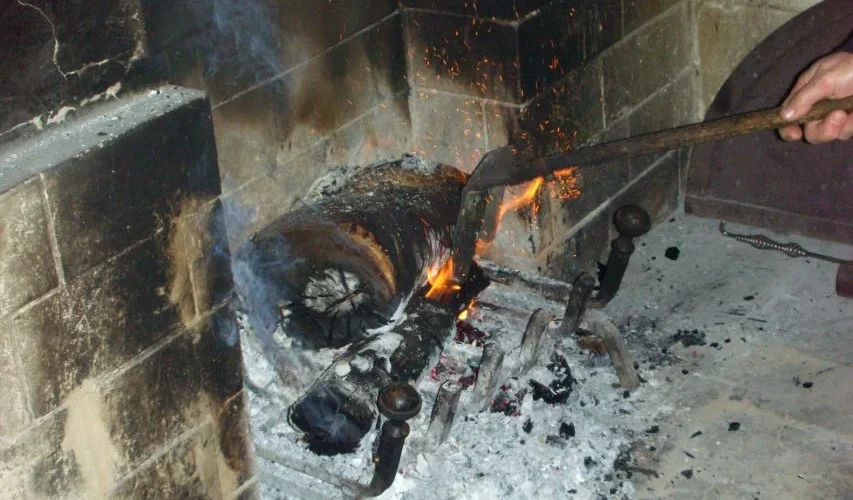Chimney ash: 10 uses you should know about
Once upon a time, many years ago, before industrial detergents appeared in the shops, clothes were washed with bleach .
Chimney ash: lye
Lye was made from wood ash. If you have a fireplace or cooker at home, you can’t miss it. Instead of throwing it away, it might be a good idea (even to save money, in these times that promise to be very difficult) to use it as our great-grandmothers did, that is, to wash clothes.
The ‘ingredients’ to prepare the lye are certainly not complicated. In addition to the ashes, in fact, it is enough to get some tap water, simple and humble. It is clear that as these components are involved, the cost of the bleach is practically negligible.
What do you need to prepare it?
You will need: approximately 200 grams of wood ash; a litre of tap water; an old pot with a lid; a wooden stick/spoon; a pair of gloves; a fine cloth to filter everything.
With these doses you will get approximately 230 millilitres of lye and approximately 250 grams of ash paste. It goes without saying that if you have a lot of ash, you can also increase the doses, also to have a little bit in reserve. In this case, it may be an idea to use one kilo of ash and five litres of water.
Chimney ash: 10 uses you should know about
The first operation consists of sieving the ashes to remove any impurities. Then we pour the ash into the pot we have available and cover it with water.
All that remains is to heat it to boiling point and then leave it to simmer for at least an hour and a half. It is clear that the longer the boiling is carried out, the more the water will evaporate and the more concentrated and potent the lye will be.
In any case, it is best not to exceed two hours.
The flame should be low and from time to time you should stir with a wooden stick or whatever you have available. The pan should be covered, but it is best to leave a hole for the steam to escape.
Before use, the lye should stand for at least twelve hours.
Put on gloves
When it has rested, the lye (the liquid part) should be poured into another container, preferably a glass one: this should be done with the help of filter paper or a sieve covered with a fine linen or cotton cloth. It is advisable to wear gloves during this operation.
At the end of this operation you have two products: the lye, which can take on a different colour depending on the wood burnt to make the ash, and the ash paste, which can be decanted and stored in a glass jar. Both products last a long time, but as a precaution it is best not to exceed one year between preparation and use.
Fireplace ash: 10 uses you should know about
Bleach can have many uses: diluted in water and transferred to a spray bottle, it can be used to clean washable surfaces such as bathroom fixtures and tiles. Half a glass in a litre of water is sufficient.
Half a tablespoon of bleach can also be used in the washing machine to increase the effectiveness of the detergent. Another use is for washing floors by diluting a glass of bleach in a bucket of water and then scrubbing in the usual way.
As for ash paste, this is excellent for cleaning the bottom of pots, dishes and various crockery, especially when they have stubborn dirt.
Fireplace ash and its various uses.
More generally, fireplace ash can be used: as a soap, with the addition of olive oil; to keep snails away; to clean and polish stainless steel; to enrich garden compost; as a natural fertiliser: small amounts of ash can rebalance excessively acidic soils; to melt snow or ice; to clean cutlery; to prepare grape molasses.
